(Page 34)
D GOAL Evaluate Solutions to a Problem
Reading 🎧15 (Optional)
A Look at the topics in the box. In pairs, talk about how easy it is to do these things in your city.
| eating out finding a park going to school walking in your neighborhood |
B Scan the reading to find the information.
1. The name of a person: _________________________________
2. The title of a book: _____________________________________
3. The names of three cities: ______________________________
C Read the article. Circle the correct options.
1. Walking in cities can be _____________.
a. slow b. fun c. dangerous
2. Engwicht wants cities to be better for _____________.
a. pedestrians b. vehicles c. tourists
3. Nowadays, people have _____________ contact with their neighbors.
a. more b. less c. online
4. _____________ is working to make its streets safer.
a. Brisbane b. Boston c. Tokyo
D What do the following words refer to in the article?
1. them (paragraph 2)
2. this (paragraph 3)
3. it (paragraph 5)
E Discuss the questions in pairs.
1. How much walking do you usually do?
2. Where do you usually walk?
3. Do you feel safe when you are walking? Explain.
✔️GOAL CHECK
Your city wants to improve pedestrian safety. Rank the safety measures from 1 (most helpful) to 5 (least helpful). Then, in pairs, compare and discuss your answers.
__________________ more or better crosswalks
__________________lower speed limits
__________________fewer cars in the city
__________________ more or better sidewalks
__________________ (your idea)
People walking down the Shibuya Crossing, one of the world's busiest crosswalks, in Tokyo, Japan
Streets for People
Walking is a great way to get around. For short trips, for exercise, or just for fun, walking can be better than driving or riding. But in many cities, walking can also be dangerous. Cars, trucks, and motorcycles are a danger to pedestrians, and sometimes there are accidents.
David Engwicht, from Brisbane, Australia, wants to do something about this. His book, Reclaiming Our Cities and Towns, has a simple message: We need to take back our streets and make them better places for walking.
(Page 35)
In the past, Engwicht says, streets belonged to everybody. Children played there, and people walked to work or to stores. Now, however, most city engineers design streets for vehicles. People stay inside buildings to get away from the crowded sidewalks, the noisy streets, and the dangerous traffic. Unfortunately, this gives them less contact with their neighbors.
Many cities are working to make their streets safer for pedestrians. There are new crosswalks on the streets and more traffic lights and bicycle lanes. The city of Florence, Italy, only allows cars and buses with special permits to drive on its historic city streets. In Boston, US, the Slow Streets Program gives some neighborhoods more stop signs and a 20 mph (32 kph) speed limit.
Engwicht travels around the world, helping people think differently about pedestrians, streets, and neighborhoods. Whether we live in a small town or a city with a population in the millions, Engwicht says we should think of streets as our "outdoor living room." Changing the traffic is just the beginning. In the future, streets may again be safe places for people, and walking will be an even better form of transportation than it is now.
accident (n) something harmful or unpleasant that happens by surprise
sidewalk (n) a path with a hard surface along the side of a street
crosswalk (n) a place where drivers must stop to let pedestrians cross a street
lane (n) a part of a street that is marked with painted lines
permit (n) an official document that allows you to do something
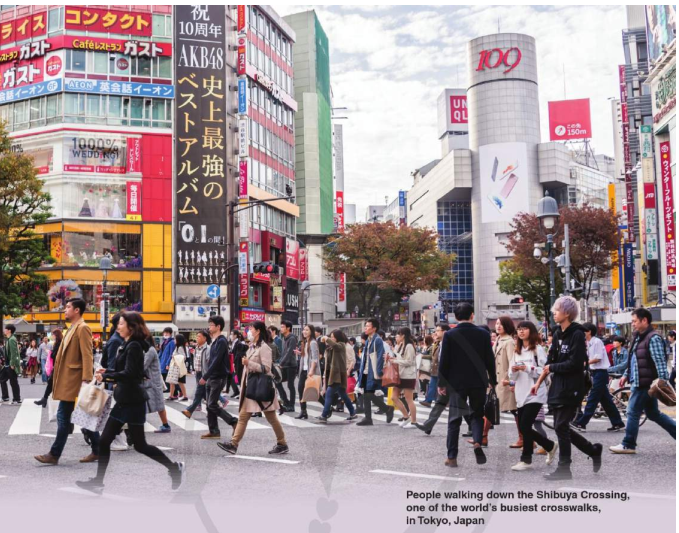
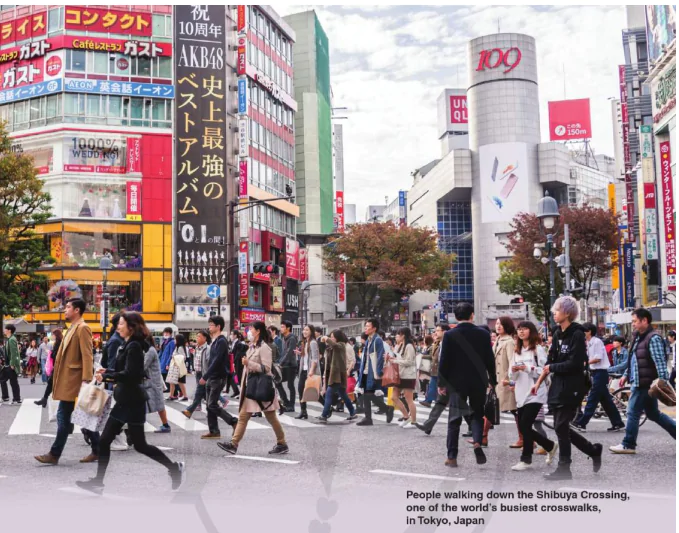
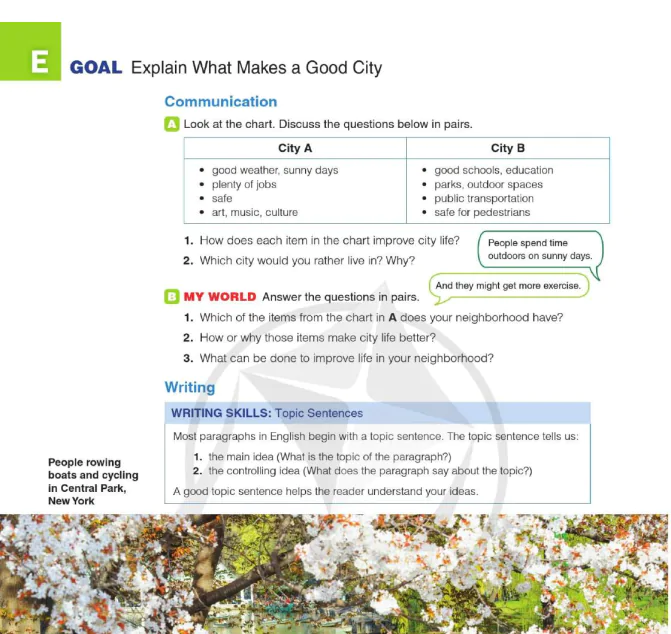
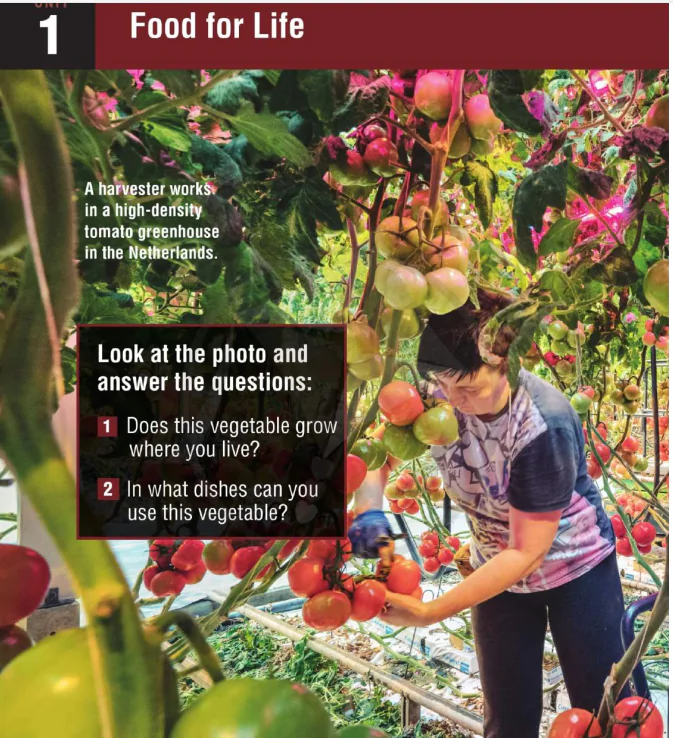
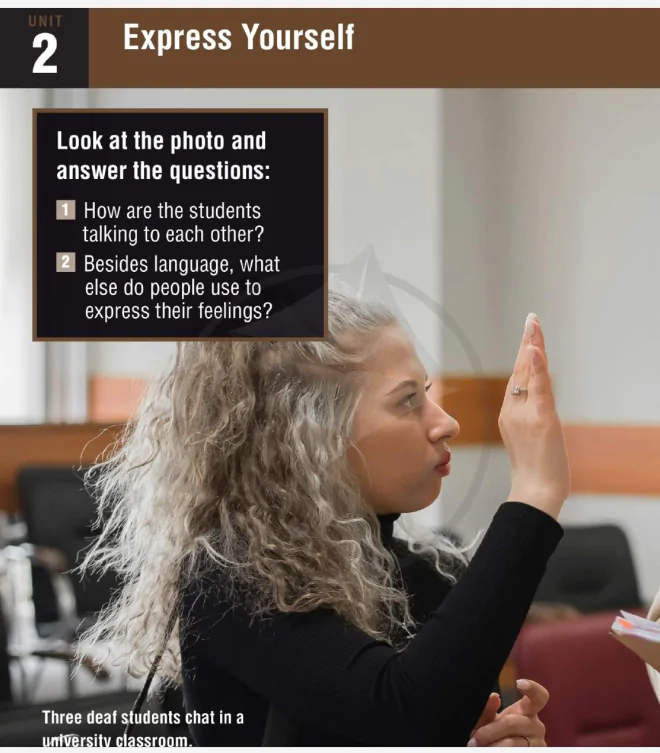
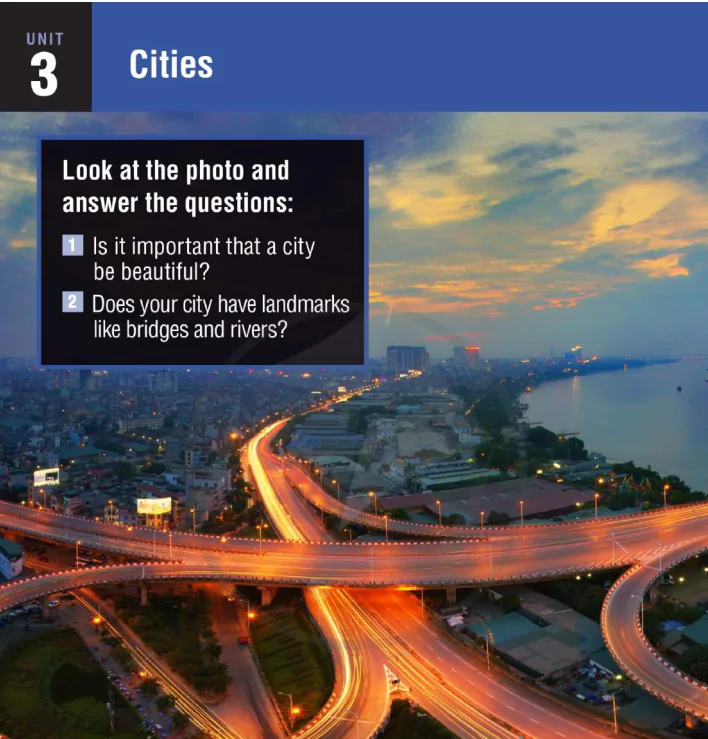
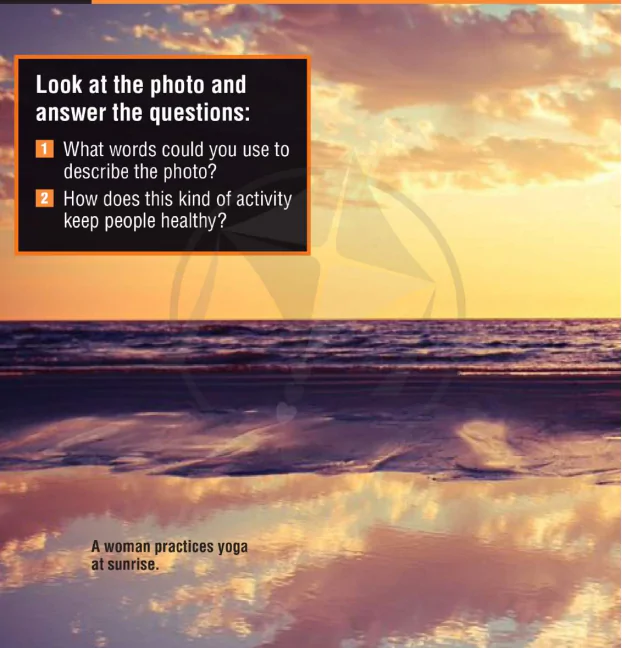
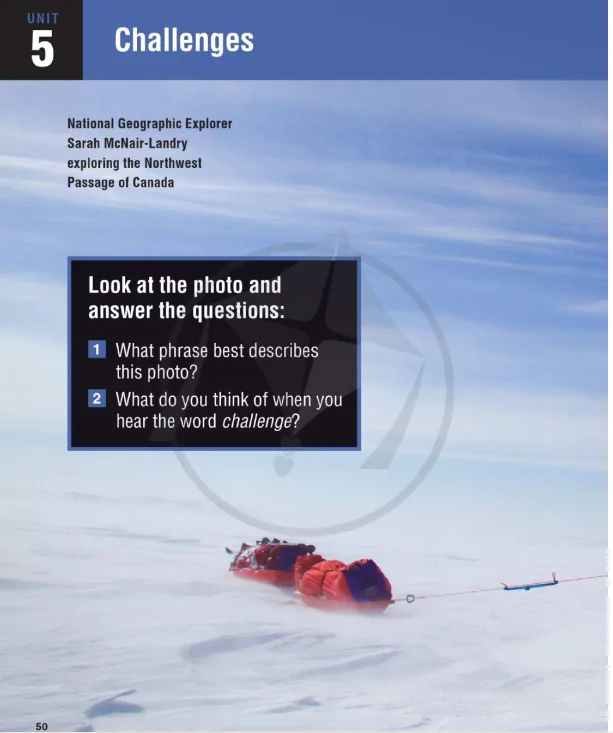
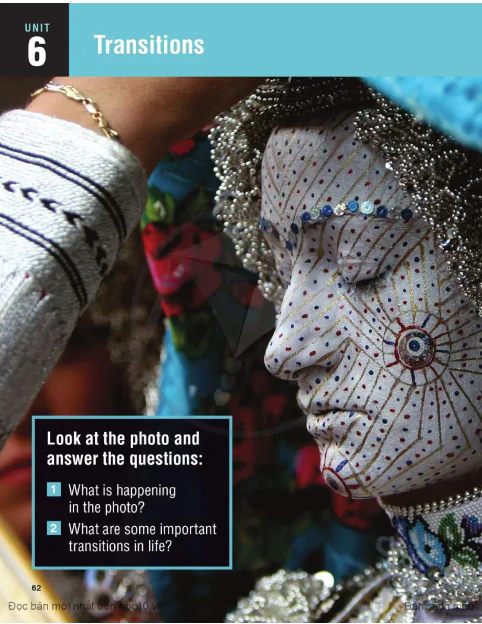

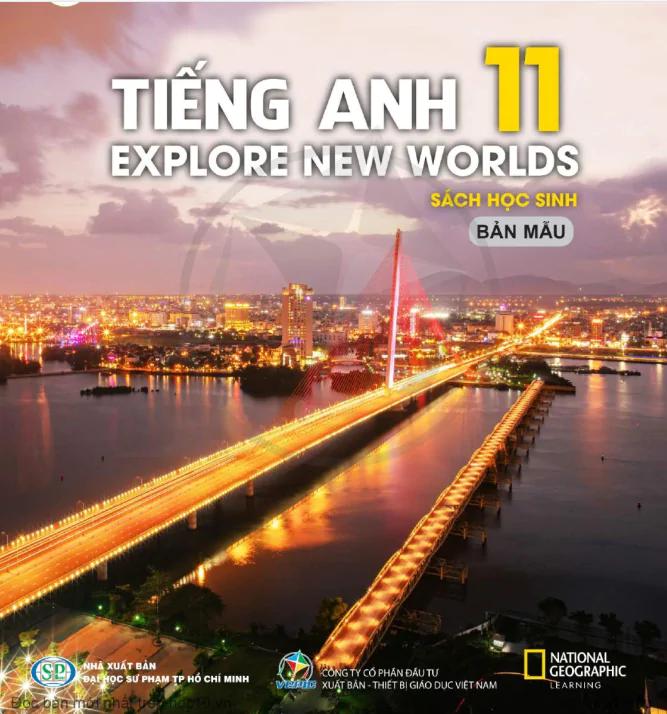

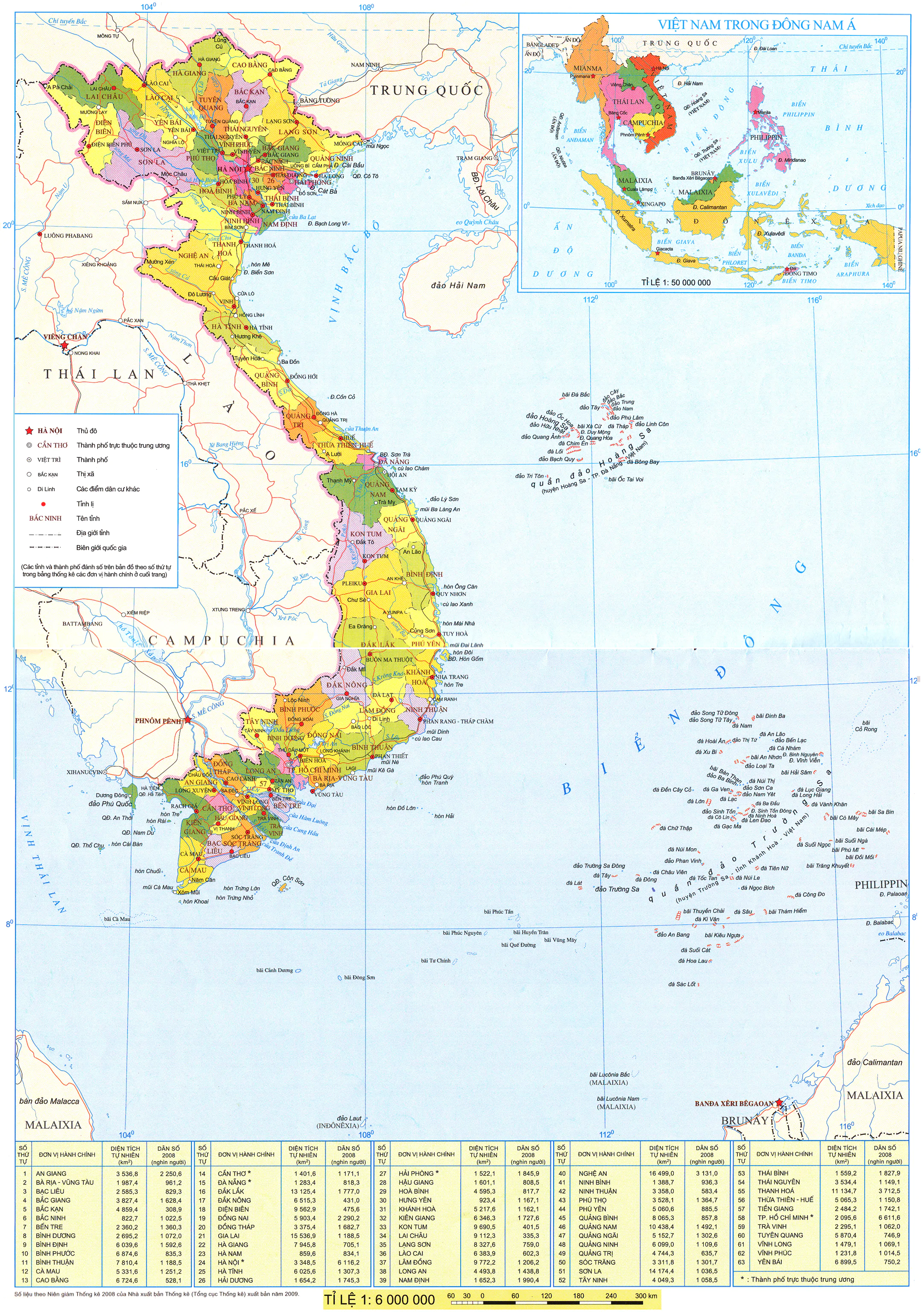














Bình Luận
Để Lại Bình Luận Của Bạn